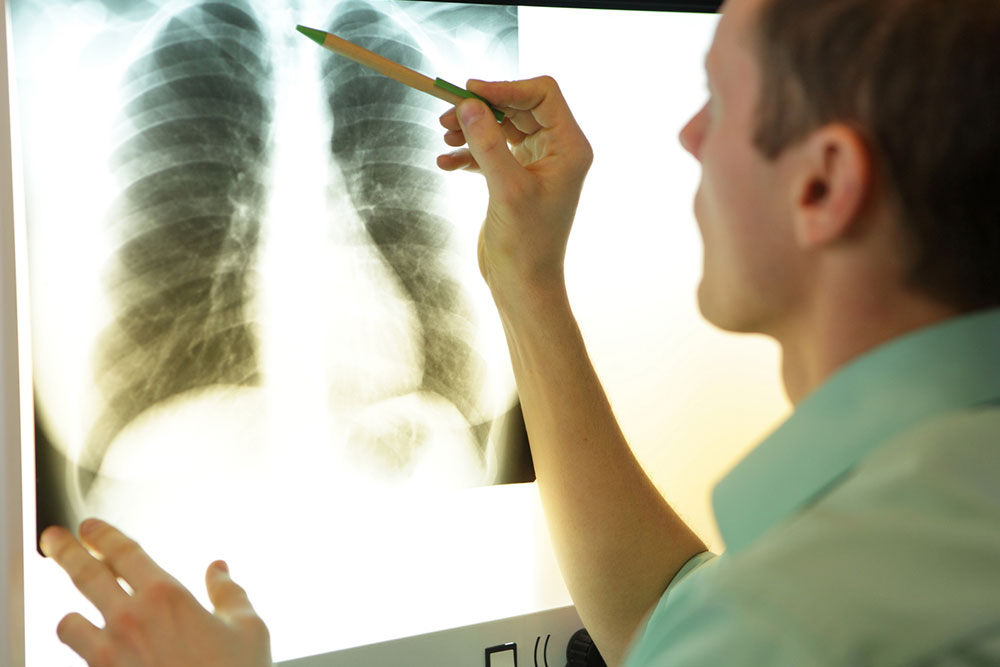MAC lung disease – 8 common signs and management options

MAC is a group of pathogens known as Mycobacterium Avium Complex or nontuberculous mycobacteria (NTM) found in the environment. They infect the lungs and lead to MAC lung disease, which is of two types: one type causes the development of nodules in the lungs and is called nodular disease, and the second type affects the cavities in the upper parts of the lung and is called upper lobe cavitary disease.
Here are some of the common signs of MAC lung disease and how to manage them:
Common signs of MAC lung disease
The signs of MAC lung disease differ on a case-to-case basis. In most cases, the symptoms are generally nonspecific. Also, some may experience mild symptoms, or the signs may be nonexistent. As a result, there is often a delay in diagnosis and treatment. Some people have mild or unnoticeable symptoms. When the symptoms do occur, one may experience the following:
- Disruption in lung function
When the NTM pathogens accumulate in the lungs’ cavities, they can create a hole in the lung tissue. This can cause pain in the chest. In addition, a person may experience persistent wheezing and coughing. In some cases, the coughing is accompanied by bouts of breathlessness. There might be blood or mucus expelled during a coughing fit. - Severe fatigue
As MAC infection progresses, it can make a person feel severe fatigue over time. One may feel like they have been drained of all energy. This generally happens due to breathlessness and severe coughing. There can be low oxygen levels, which may make one feel extremely tired with enough rest. Sometimes, the exhaustion is so severe that a person cannot carry out daily activities. - Stomach issues
One experiences stomach issues when a person has a disseminated MAC infection. This happens when the infection spreads to other body parts beyond the lung. As a result, one may experience frequent bouts of diarrhea and constant abdomen pain. Also, there can be a loss of appetite accompanied by a decreasing sense of hunger. - Swollen lymph nodes
The job of lymph nodes is to transport white blood cells all over the body. These lymph nodes swell up when the body tries to fight germs and infections. In the case of MAC lung disease, the lymph nodes in the neck become swollen. This is known as cervical lymphadenitis. This symptom is rarely observed in adults but is common in young kids. - Flu-like symptoms
Most infections caused by bacteria, viruses, and other germs have similar symptoms. So, MAC lung disease may also make one experience flu-like symptoms. There can be a high fever as the body temperature increases, with an overactive immune system fighting off the infection. For the same reason, one may also experience muscle aches, body pain, and chills. - Night sweats
Some people with MAC infections experience severe sweating during the night compared to the daytime. This generally happens when the infection causes a high-grade fever. Sometimes, sweating is so extreme that one may wake up drenched in the middle of the night. - Anemia
A significant disseminated MAC lung disease symptom is a low red blood cell count. One of the reasons why this happens is that the body finds it difficult to use iron to create sufficient levels of red blood cells when there are recurring and ongoing infections due to germs such as NTM. This triggers anemia. - Skin issues
Due to MAC lung disease, a person may experience several skin problems. For instance, sores might develop on the lower limbs, feet, and other body parts. In addition, the skin around the sores may be painful and appear reddish or purplish. In severe cases, the sores turn into ulcers or open wounds. This generally happens in the case of untreated disseminated MAC lung disease.
How to manage the signs and symptoms of MAC lung disease
A pulmonary specialist or infectious disease expert will prescribe specific treatment options to manage the signs of MAC lung disease. These options are devised based on one’s overall health and the severity of the symptoms. In addition, the type of MAC infection is also taken into consideration. Doctors usually monitor symptoms before starting the treatment. Here are some ways to manage and treat MAC lung disease:
- Airway clearance therapies
With this therapy, sputum and bacteria are cleared from the lungs. These usually involve different types of breathing treatments. - Surgery
If the symptoms are too severe to be treated, surgery is done to remove a part of the infected lung. - Moderate-intensity exercises
These involve chest and breathing techniques, chest percussions to loosen mucus, controlled coughing, and postural drainage or positions to drain mucus out of the lungs. These are done to clear the airways under the guidance of a respiratory therapist. - Balanced meals
A nutrition specialist can help draw up meal plans that can aid in fighting off the infection. These meal plans include foods that relieve symptoms, strengthen the immune system, and help with general well-being.



